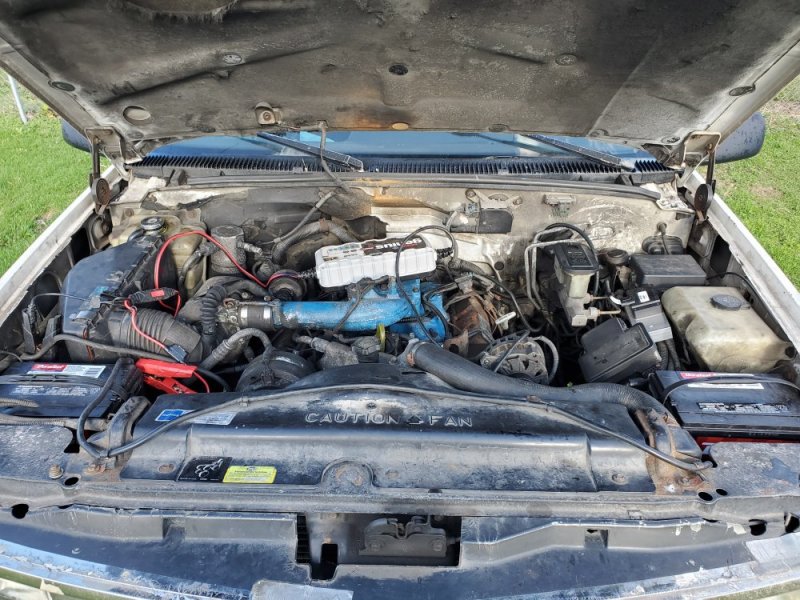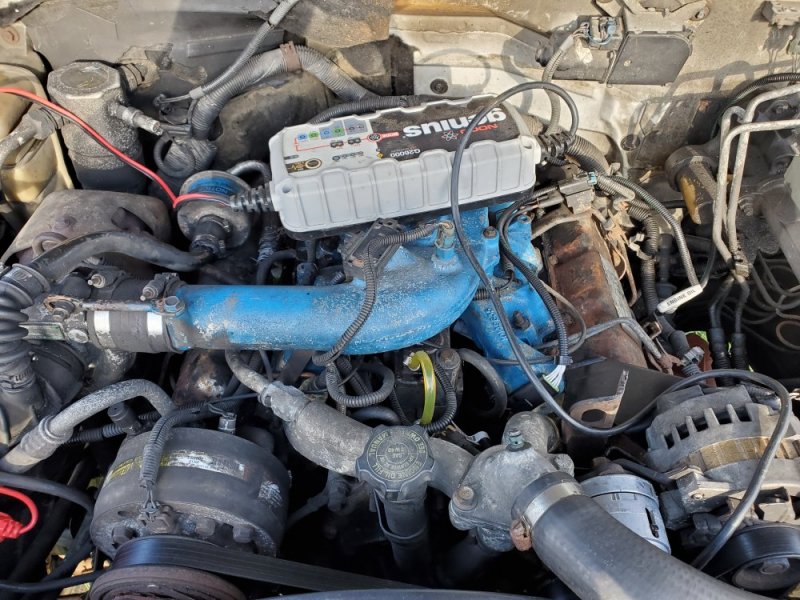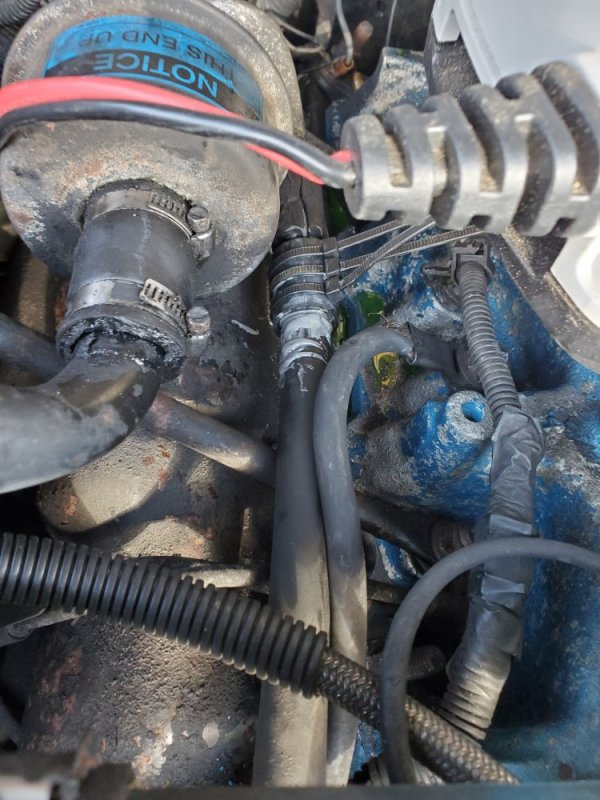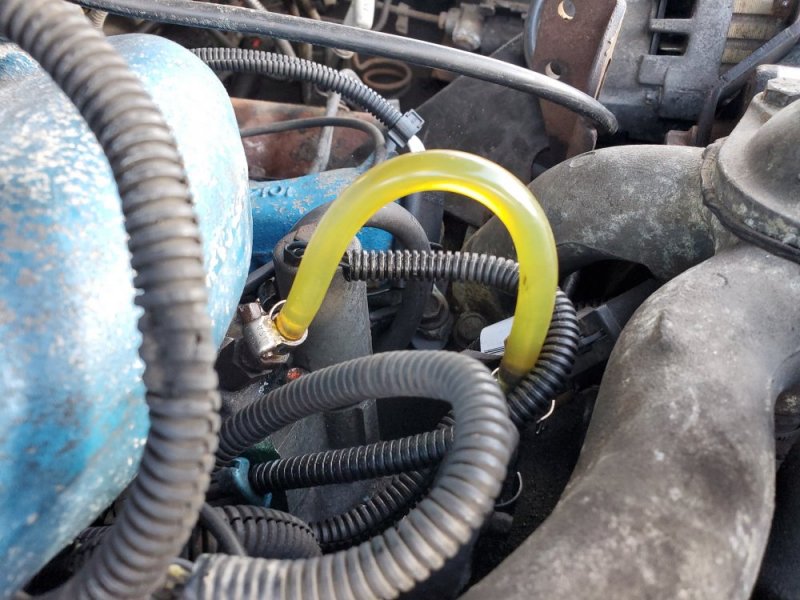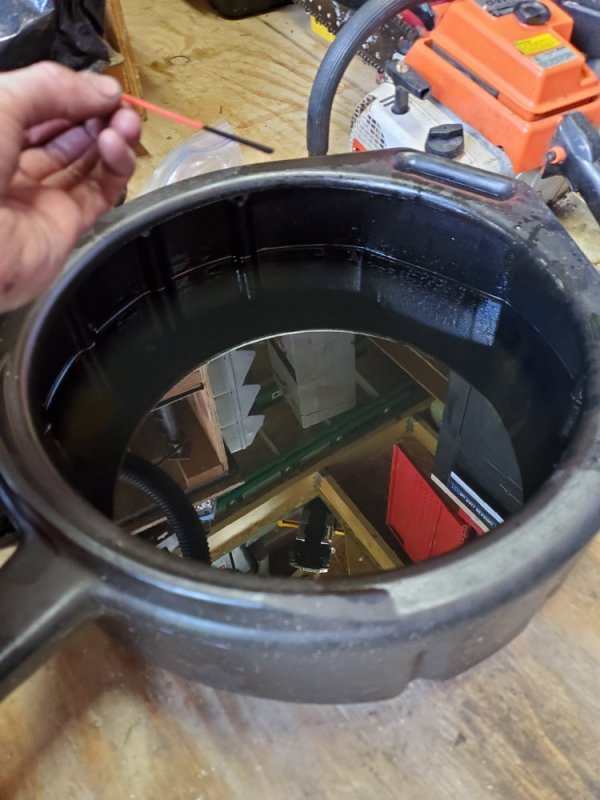treegump
Romans 3:22-24
Got it assembled, drained a gallon or more of oil, and still no start. It hiccuped a couple times, but never started.
I think I had tried jumping the truck with the new PMd, so maybe that's fried?
Maybe fuel filter not letting enough fuel in?
I think I had tried jumping the truck with the new PMd, so maybe that's fried?
Maybe fuel filter not letting enough fuel in?

